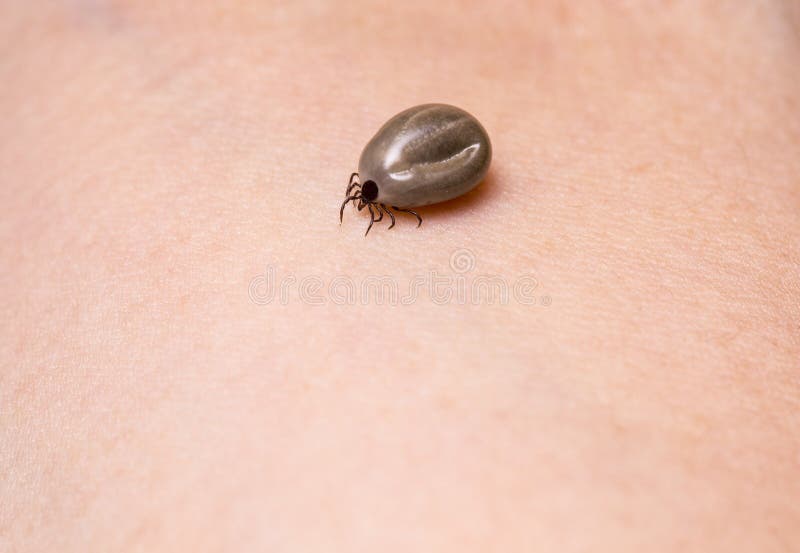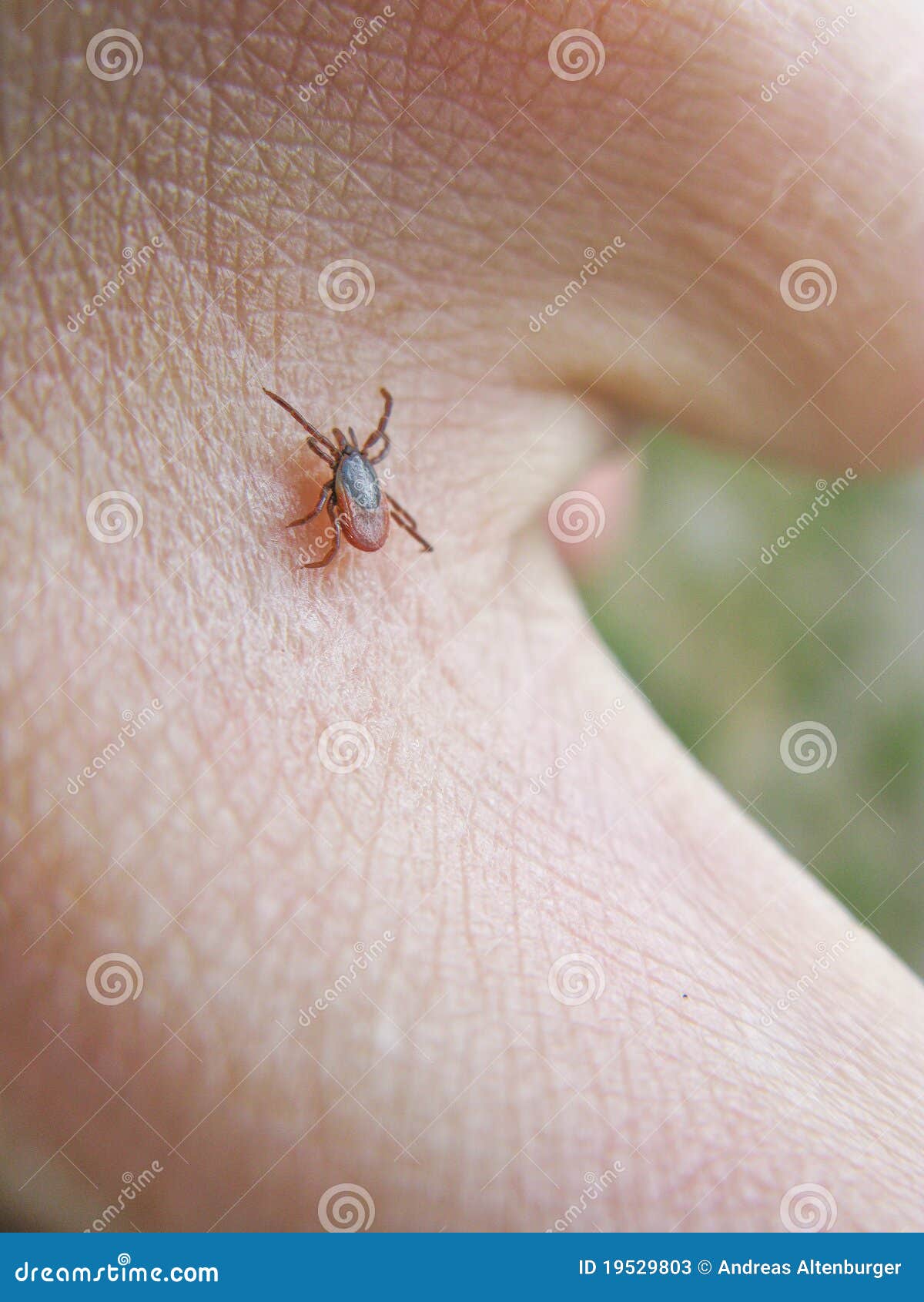

If you're taking your dog on holiday with you, ask your vet about preventative treatments needed to protect your pet from ticks, sandflies, heartworms and tapeworms. Going on holiday?ĭiseases not seen in the UK can be passed by biting insects and ticks when abroad. If you're concerned, please speak with your GP. If you're bitten, use the tick twisting tool to remove the tick. You can also use insect repellent to stop ticks. Take precautions when walking your dog and wear long-sleeved tops and trousers to cover your skin. Some dog tick treatments contain chemicals that are toxic to cats, and can even be fatal to them. Ask your vet for the best tick treatment.īe careful! Never use dog tick medicine on cats or vice versa. There are different types of treatments, such as spot-on treatments and tablets. Stop ticks from biting your pet by using a tick treatment that either kills or repels them if they attach themselves. If you think your dog or cat has Lyme disease, contact your vet, who will run tests and start treatment. If you catch it early, Lyme disease can be treated with antibiotics. Dogs, cats and humans can all get Lyme disease, although it's uncommon in cats. Ticks carry a serious bacterial infection called Lyme disease. During this time, it's possible the tick could give your pet a disease. Ticks will bite and feed on your dog or cat for up to a few days, and drop off once they've had enough.

Don't try to burn them off or use lotion to suffocate them, as this won't prevent your pet from picking up a disease.
#Tick in skin how to#
If you're unsure how to remove a tick, please speak to your vet first. Your vet will be able to show you the best way to remove a tick by twisting.

This can be done using a tick removal tool, which can be picked up at pet shops or the vets. To avoid squeezing the body or leaving the head in, you'll need to twist the tick off. If you squeeze its body or leave the head in, this can push blood back into your pet, which will increase the chance of them getting a disease. When removing a tick, make sure not you don't squeeze the tick's body or leave the head in. Tick bites can carry diseases, so it's important to remove them straight away. Cats are less likely to get ticks than dogs, but it can still happen. Ticks are common in woodland and grassland and, although active throughout the year, you'll most likely see them between spring and autumn. Instead, they climb or drop on your pet's coat when they brush past whatever they're sitting on. They have eight legs, with an egg-shaped body that will become larger and darker when filled with blood. Ticks are spider-like small parasites that suck blood from other animals.


 0 kommentar(er)
0 kommentar(er)
